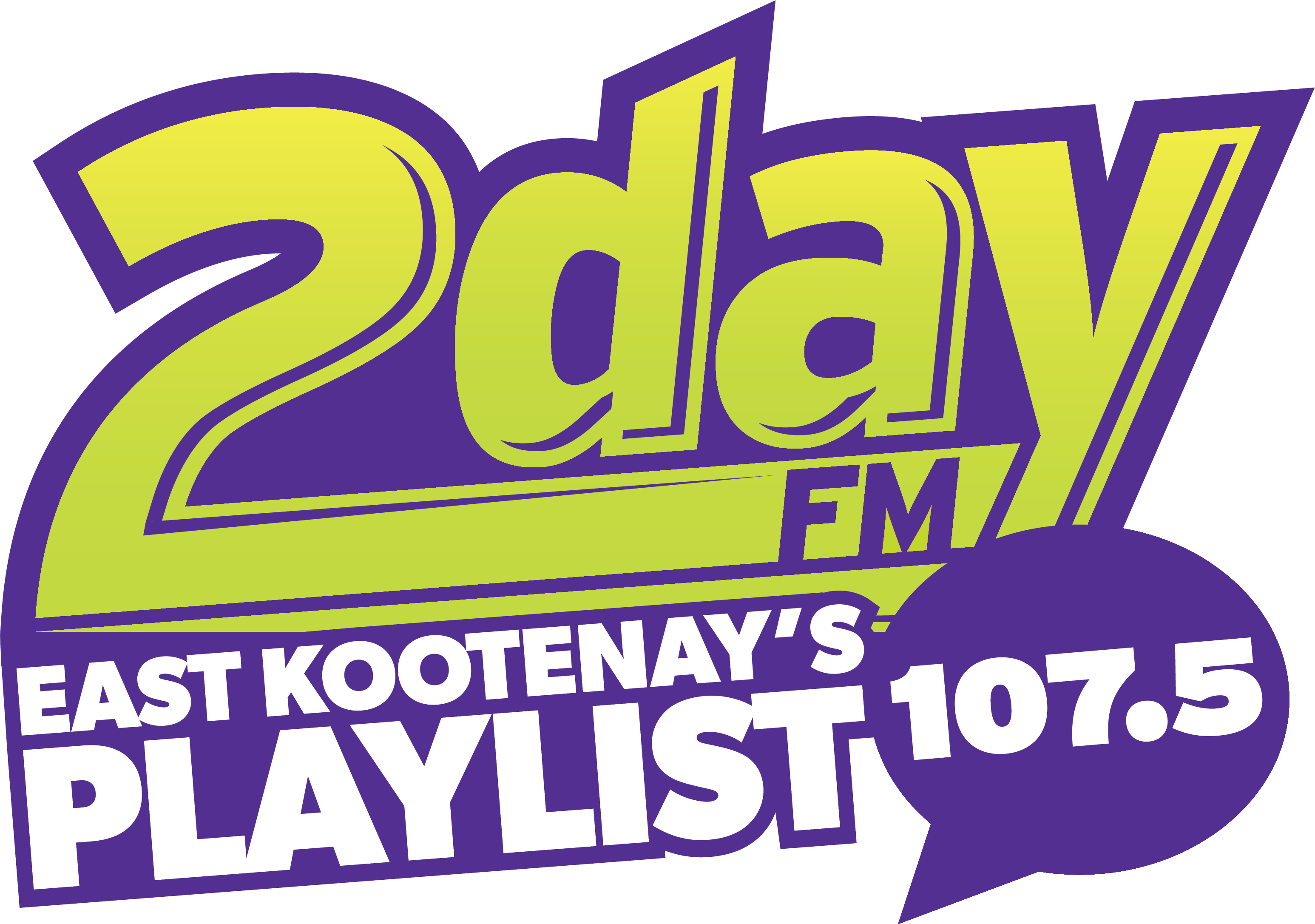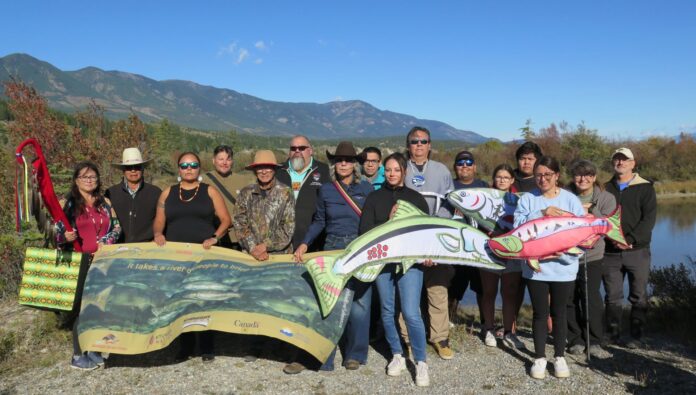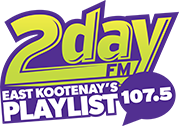The Bringing the Salmon Home initiative, led by the Syilx Okanagan, Secwépemc and Ktunaxa Nations in partnership with the governments of B.C. and Canada, has announced a milestone this summer, as sockeye salmon released as fry in the upper Columbia River have returned as adults for the first time in more than 80 years.
In that time, salmon have been unable to reach the Columbia River’s headwaters in southeastern B.C., blocked by the Grand Coulee Dam. Through the Indigenous-led Columbia River Salmon Reintroduction Initiative, two tagged sockeye released as fry in 2023 were tracked returning to the Columbia in 2025.
One of the fish was detected at Wells Dam in Washington state on June 30. The other was tracked at the Rocky Reach fishway on July 7. There were no detections beyond those points.
The fish completed a remarkable journey down through a dozen major dams to the ocean and back toward their ancestral waters.
Cultural protocols were observed within the three Nations before the news was shared publicly.
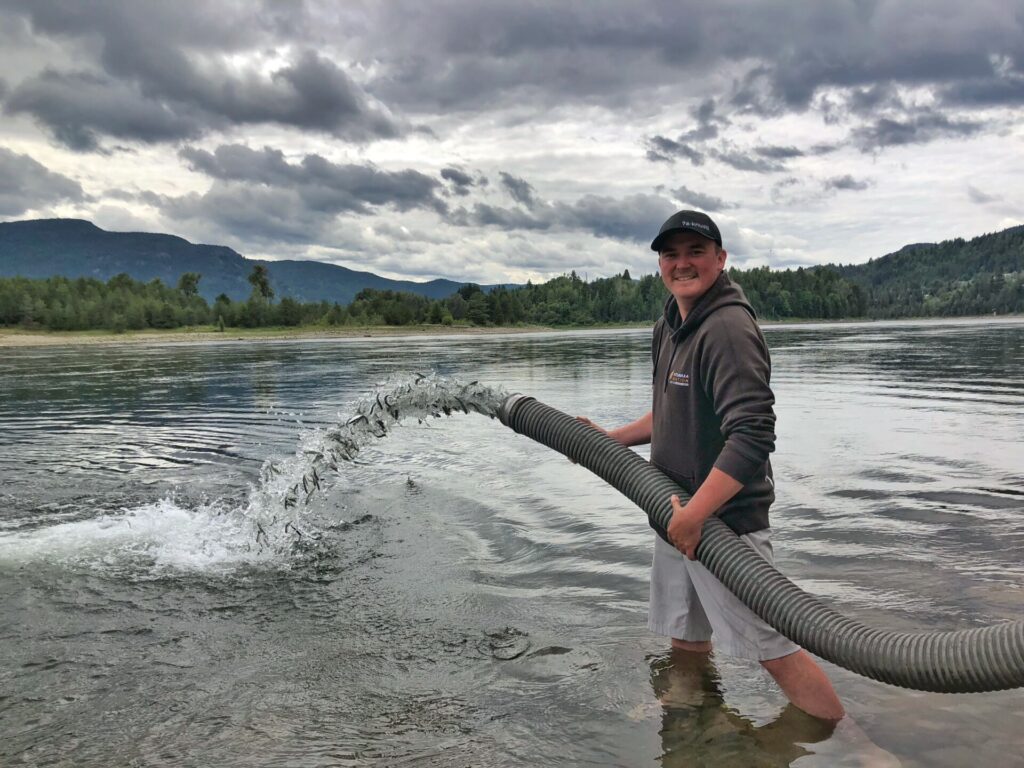
“This is a powerful affirmation of what our Elders and Knowledge Keepers have always told us,” said kalʔlùpaɋʹn Chief Keith Crow, Lower Similkameen Indian Band, Syilx Okanagan Nation.
“Our Peoples have never stopped working together across colonial borders to call the salmon back. The salmon belong here, and with ceremony, Indigenous Knowledge combined with western science, and determination, we are bringing them home.”
Mark Thomas, Chair, Bringing the Salmon Home Initiative Executive Working Group, reflects on the significance this milestone means to the people and the region.
“Salmon are the basis of our culture, we are salmon people as Secwépemc people and we rely upon salmon very heavily for everyday uses- for sustenance, for cultural purposes, for transfer of knowledge, teachings.” said Thomas.
“When we’re talking about restoring our salmon, we’re talking about restoring our identity, restoring our culture, restoring our languages, restoring the ability to transfer knowledge, restoring our responsibility as stewards, as Indigenous people to our covenant with the creator to take care of those that cannot speak for themselves.”
“This proves that, given the chance, the salmon know where they need to go. This moment is cause for celebration, reflection, and renewed commitment. We do this work for our grandchildren, for the river, and for all of our relations.”
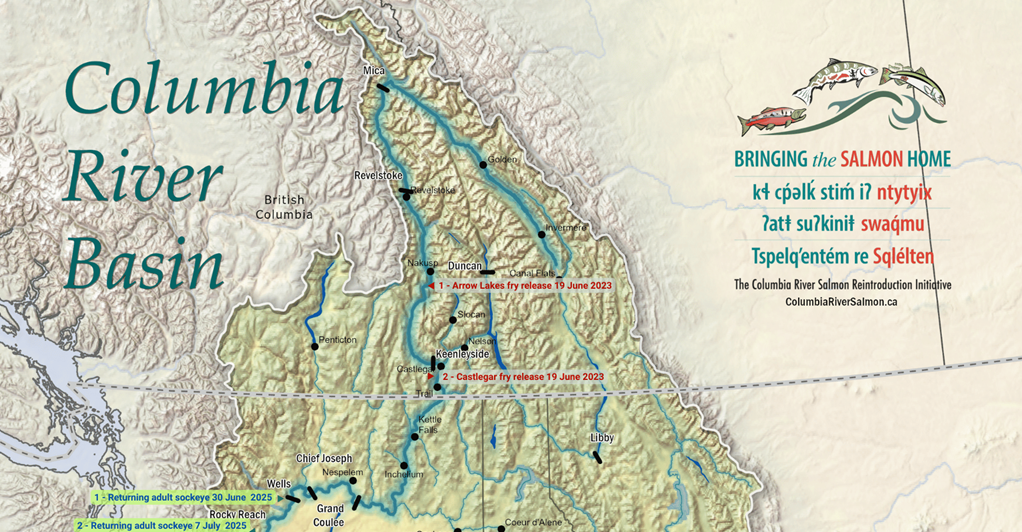
The Columbia River is over 2000 kilometres long. With almost 40 per cent of the river’s length originating in BC, the upper Columbia is key to the success of transboundary salmon reintroduction. Through the modernized Columbia River Treaty Agreement-In-Principle, Canada and the US have agreed to new measures for salmon restoration and ecosystem health, supporting the Indigenous-led Bringing the Salmon Home Initiative’s mandate to return salmon to the upper Columbia in Canada.
Be the first to know! Don’t miss out on breaking news and daily updates in your area. Sign up to MyEastKootenayNow News Alerts.

